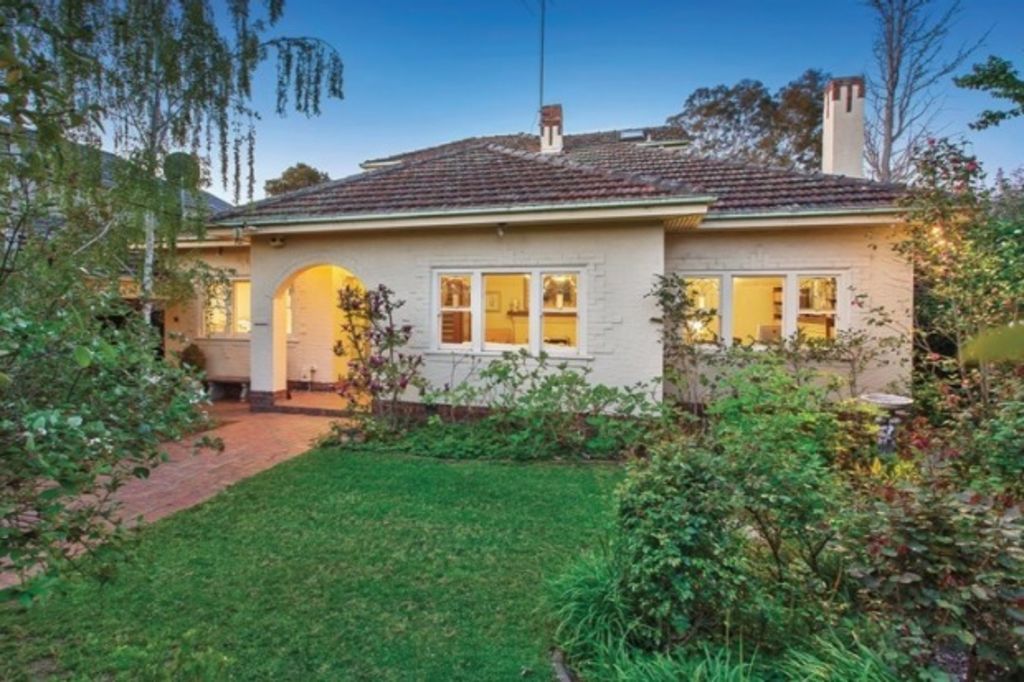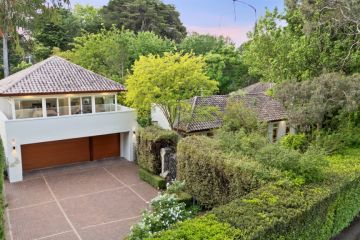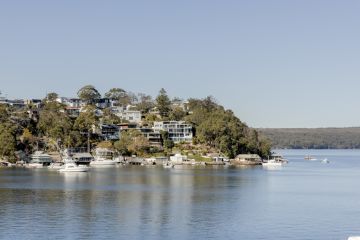Melbourne's auction market falling as rates rise

The home auction market has recorded another weekend of flat clearance rates, with the prospect now growing of a sustained late spring fade-out.
This year’s post-Melbourne Cup market will be burdened by bank actions over recent months to raise interest rates for investors, followed up by higher interest rates for owner-occupiers announced over the past three weeks.
A clearance rate of 69.7 per cent was recorded over the weekend and, although higher than the previous weekend’s Melbourne Cup holiday-affected result of 66.3 per cent, was the lowest full weekend result of the year so far.
The 71.6 per cent result recorded during the same weekend in 2014 signalled a similar late-season fade-out of buyer activity.
Higher interest rates can affect fragile buyer sentiment, particularly with no relief last week from the Reserve Bank, which decided to leave official interest rates on hold, despite a strengthening case for a cut.
High auction listings continue to test the Melbourne market, with 1073 homes auctioned at the weekend, compared with the previous weekend’s Cup-affected total of 489, and 977 during the same weekend in 2014.
High auction numbers will continue to affect the market for the rest of the year, with about 7000 homes likely to go under the hammer over the next six weekends, before the Christmas shutdown on December 19.
Regional results again remained reasonably consistent. The inner south reported the highest clearance rate at 73.9 per cent, followed closely by the south-east 73.7 per cent, the west 73.1 per cent, the north-east 72.3 per cent, the inner east 70 per cent, the north 67.6 per cent, the outer east 66.4 per cent, and the inner city the lowest with an auction clearance rate of 65.2 per cent.
Notable sales reported at the weekend included a three-bedroom home at 75 Gordon Street, Balwyn, sold for $2.87 million by Marshall White; a five-bedroom home at 2 Bamfield Close, Templestowe, sold by Jellis Craig for $2.8 million; a four-bedroom unit at 8 Lurnea Road, Glen Iris, sold for $2,675,000 by Jellis Craig; a five-bedroom home at 11 Charlotte Street, Glen Waverley, sold by Barry Plant for $2.6 million; and a four-bedroom home at 7 Gould Street, Brighton, sold by Nick Johnstone for $2,515,000.
The highest price fetched at auction at the weekend $3.16 million for a three-bedroom home at 22 North Road, Brighton, with potential for multi-unit development, sold by Nick Johnstone.
The most affordable property reported sold at the weekend was a one-bedroom home at 2/115 Eskdale Road, Caulfield North sold for $272,000 by Gary Peer and Associates.
The weekend trend price of $765,750 was slightly lower than the $767,313 of the previous weekend, but 4.9 per cent higher than the $730,000 recorded during the same weekend in 2014.
The Melbourne auction market will likely continue to slide over the remainder of spring, with clearance rates ending up closer to 60 per cent than 70 per cent. The local market will, nonetheless, retain its mantle as the nation’s strongest capital city market, despite the burden of higher interest rates.
The Reserve Bank has decided to leave official rates on hold at 2 per cent for the sixth consecutive month, despite signs of a weakening economy.
September jobless data was disappointing, with the national unemployment rate above 6 per cent now for 16 consecutive months; the trend for home building approvals has now fallen for six months; lower-than-expected inflation data largely reflects a stagnant economy; the dollar remains intractable; latest retail sales data was ordinary; the stockmarket has failed to make significant headway after sharp falls over recent months; and dark clouds are now gathering over the international economy.
.
Recent revelations of a downgrading of official forecasts for national economic growth will surely encourage the Reserve Bank to act sooner rather than later and cut rates, particularly given concerns the recent rate increases by banks might not have ended.
Dr Andrew Wilson is Domain Group senior economist
We recommend
We thought you might like
States
Capital Cities
Capital Cities - Rentals
Popular Areas
Allhomes
More







